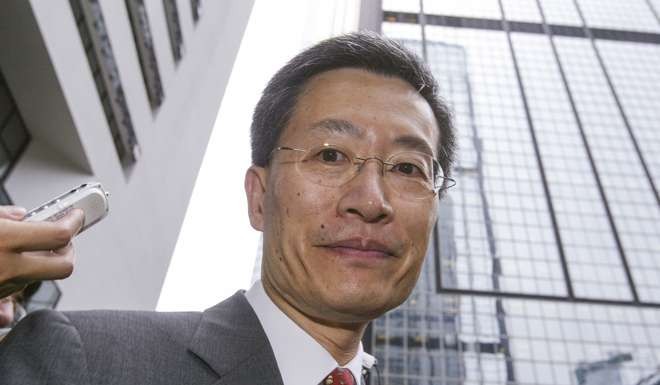
Thousands of country park flats ‘could be sold cheap’ to boost Hong Kong home ownership
Source says Fan Garden in North District and Tung Shing Lei in Yuen Long, will offer thousands of public housing units
Chief Executive Leung Chun-ying said on Thursday any housing built in country parks could be cheap, subsidised flats with the goal of allowing more residents to become homeowners.
He was speaking as the Development Bureau announced the locations of an estimated 25 housing sites capable of hosting more than 60,000 flats, which are set to come online between 2019 and 2024. About 80 per cent of those flats are to be public housing.
Most of the sites will be in the northern New Territories but some are in urban areas including Wong Tai Sin, Kwun Tong and Sha Tin, according to a government source.
The biggest ones, Fan Garden in North District and Tung Shing Lei in Yuen Long, will offer thousands of public housing units, the source said.
Leung revealed his intentions for country park flats in a phone-in programme on Thursday morning, a day after he floated in his final policy address the controversial idea that peripheral areas of country parks with low ecological value could be used to build public flats and non-profit-making homes for the elderly.
In return, he suggested the government designate more areas as sites of high conservation value in country parks. But some academics questioned whether the government could design a mechanism that ensured that would happen.

Leung said the sites would not be used to develop private sector flats. Units built there could be sold off at a price lower than that of existing subsidised flats. The government would develop the sites and pay construction costs.
“If ... the flats sell at cost value, which could be even cheaper than Home Ownership Scheme flats, why don’t we do it?” Leung said.
But he added that the government would not give up building on brownfield sites.
Veteran surveyor and former lawmaker Lau Ping-cheungsaid building homes on the margins of protected areas could be cheaper, faster and involve fewer disputes than developing new towns, as the former involved large tracts of government land so required minimal land acquisition and compensation.

Lau said one such area could be a 170-hectare portion of Tai Lam Country Park’s western fringe which abuts the Tai Lam Tunnel toll area. He calculated that the per-unit infrastructure cost of building 30,000 flats would be six times lower than that of flats planned in the northeastern New Territories development area.
But the Conservancy Association said country parks were ecological, recreational and educational resources and opening up any for development would set a bad precedent.
“The government should study and implement other, more feasible options to increase the supply of land in Hong Kong,” it said in a statement.
University of Hong Kong geography professor Dr Ng Cho-nam said the only way such an approach could be considered was if the peripheral park areas were of no conservation value and the land offered in return would increase the city’s overall net ecological benefits and biodiversity capacity.

“Forty years ago country parks were drawn up based on the boundaries of water gathering grounds, not conservation value,” he said. “There are, in fact, lots of areas that have high conservation value and should be folded into country parks.”
He questioned whether the government could come up with a mechanism to facilitate fair compensation for using the sites.
There have been at least three occasions on which the government modified or attempted to modify country park boundaries.
In 2010 it planned to excise five hectares of Clear Water Bay Country Park to extend the Tseung Kwan O landfill. The Country and Marine Parks Board did not object to the move because nearby Po Toi O, which was of higher conservation value, had been offered as compensation. But the plan was repealed in the Legislative Council under public pressure.


